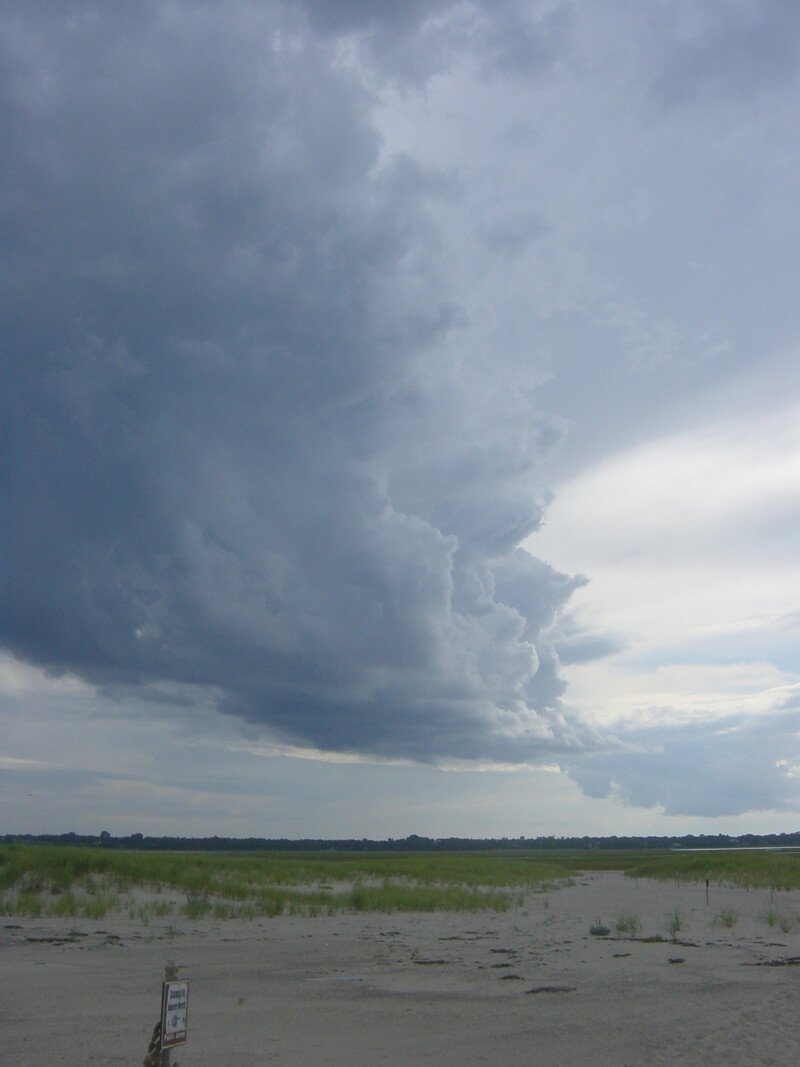Stories in Science
A few years ago, I was reading Jo Boaler’s book, Mathematical Mindsets, in which she defined math as the study of patterns. I was riveted. I love simple definitions that spark the imagination, and this did it for me. So often, we get so fixated on getting the answer – not just in math, but in nearly every aspect of life – and her definition liberated me in how I use math and teach it.
A robust definition pushes us beyond its initial application. I asked myself what science was in terms of this, and I came up with “the study of the cause of patterns.” This explains why math is so critical to doing science – math provides tools for us to study the patterns in the data we collect so we may then search for their causes.
It also helped me think about the history of science and its many disciplines. Scientists focus on the “how” patterns when a topic is first studied. How does an object fly through the air? How does the Sun appear to move across the sky throughout the year? But with time, as we know the hows in a field of science, we then begin to focus on the “whys.” Why does the ball fly this way through the air? Why does the Sun cyclically change its position at local noon throughout the year?
Use the following stories to see the human side of exploring the cause of patterns in our world!

Take a walk and look at all of the patterns that surround you. In this photograph of Cape Cod, stunning patterns are in the sky, subtle ones on the surface of the sand, and where the grass is growing. Scientists try to find the causes of the patterns of our world, big or small.
